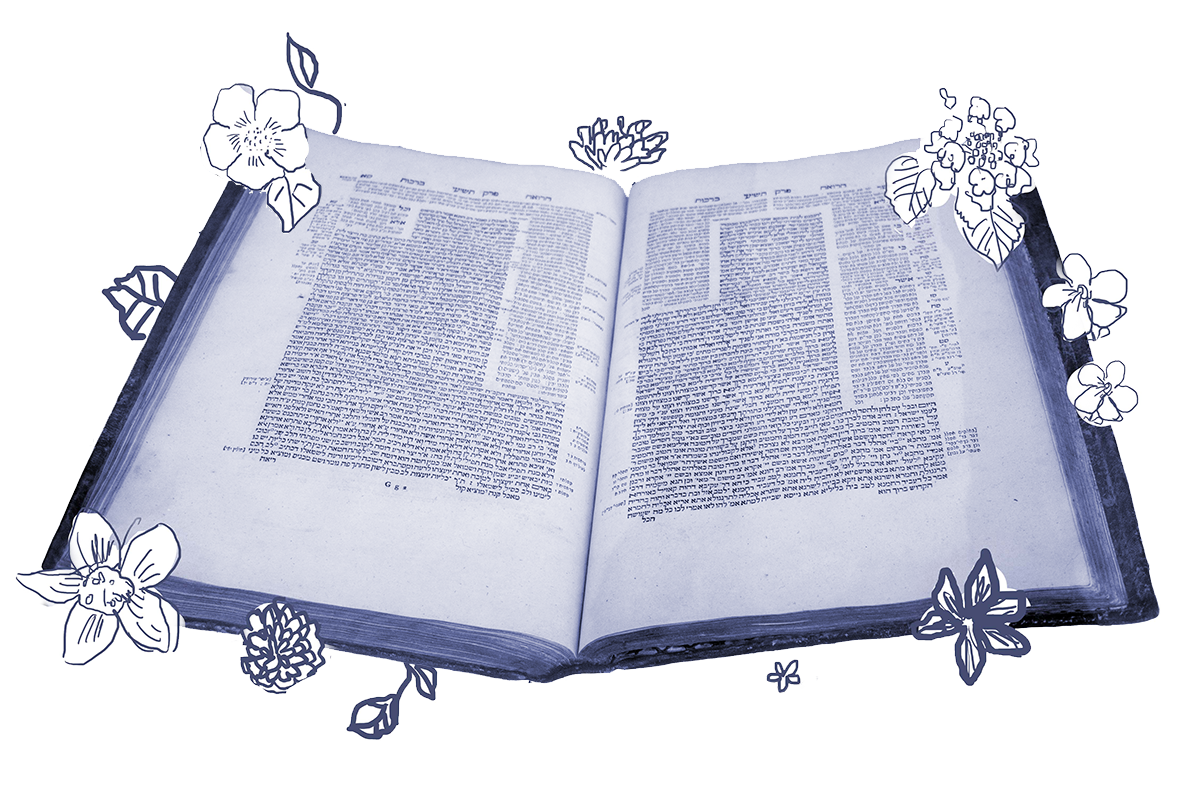The Gemara has already established how to fix each new month in the lunar calendar: The rabbis required two witnesses to appear before the Sanhedrin (high court) in Jerusalem each month to confirm that they had seen the new moon and then a new month was declared.
On today’s page, we encounter the first mishnah of the second chapter which teaches that:
Initially, the court would accept testimony to determine the start of the month from any person. However, when the Boethusians corrupted the process (by sending false witnesses to testify about the new moon), the sages instituted that they would accept this testimony only from those who were familiar to them.
Who were the Boethusians and why would they do this? During the Second Temple period, there were deep divisions in the Jewish community. In particular, there was a strong rivalry between the ruling priestly class (of which the Boethusians seem to have been one group, though not the predominant one known as the Sadducees) and the Pharisees (the forerunners of the rabbis, literally “those who separated.”) They clashed over points of law and also the dates of holidays. Bringing false witness to the Sanhedrin was a way for the Boethusians to foil the Pharisees and fix the calendar according to their own preference.
With your help, My Jewish Learning can provide endless opportunities for learning, connection and discovery.
To pull this off, the Gemara explains through a beraita (another early rabbinic teaching), the witnesses had to be bribed:
The sages taught: What did the Boethusians do? They tried to mislead the sages. They hired two people for four hundred dinars to give false testimony. One of ours, and one of theirs.
The Boethusians were sneaky. They sent two witnesses who had been bribed to lie about seeing the new moon, and while one of them was a loyal Boethusian, the other was a Pharisee they managed to buy. This made it extra difficult for the sages to figure out which testimony to trust.
This was not an isolated incident — there are more stories of calendrical manipulation on our page. The mishnah we encounter on the second side says that originally the Jews used to light bonfires to transmit the news of the new month from hilltop to hilltop, across the land, and beyond to the Diaspora. This was an efficient means of communication — the message could travel literally at the speed of light. But then, the mishnah continues, the Cutheans began to undermine them by lighting decoy fires on the wrong day. The Sanhedrin was forced to stop using signal fires and send out messengers they could rely on.
So who were the Cutheans? And what was the difference between them and the Boethusians? Normally the Hebrew name Cuti applies to the Samaritans, who like the Sadducees accepted the Torah but not rabbinic authority, but they have a very different back story. We know about them from the 2 Kings 17. When the Assyrians conquered the Northern Kingdom of Israel located in Samaria, they exiled and scattered the conquered people and replaced them with victims from elsewhere to ensure that they would not be able to reconstitute as a threat. These new inhabitants of Samaria were plagued by wild animals and assumed it was because they did not worship the local gods. They asked for priests to come from the south to teach them how to worship the local God and then coexisted with the Judeans until they too were exiled.
When the Judeans returned under Cyrus, the Samaritans (as they were called) claimed that they were the rightful Israelites. After years of conflict, the Judeans prevailed, and the Samaritans were regarded as heretics. By the era of the rabbis, this group claimed that, contra the biblical account, they were actually the remnants of the northern tribe of Joseph left behind by the Assyrians and had always been Israelites. Even so, and despite their refusal to accept rabbinic authority, they were often accepted because they adhered so strictly to biblical laws.
So did the rabbis really tangle with every sect over the calendar? And were all the different sects really prone to pulling these kinds of pranks to fix the calendar? Not likely. It’s more probable that something else is going on here.
As Christianity challenged Judaism, the censors were highly sensitive to anything that could be taken as an insult to them. It is likely that, so as to avoid giving offense they often intentionally used different names for sectarians to throw the censors off track. Which probably explains why it is so difficult to identify exactly who the rabbis were really referring to in the versions of the texts that have come down to us.
Read all of Rosh Hashanah 22 on Sefaria.
This piece originally appeared in a My Jewish Learning Daf Yomi email newsletter sent on October 31th, 2021. If you are interested in receiving the newsletter, sign up here.



